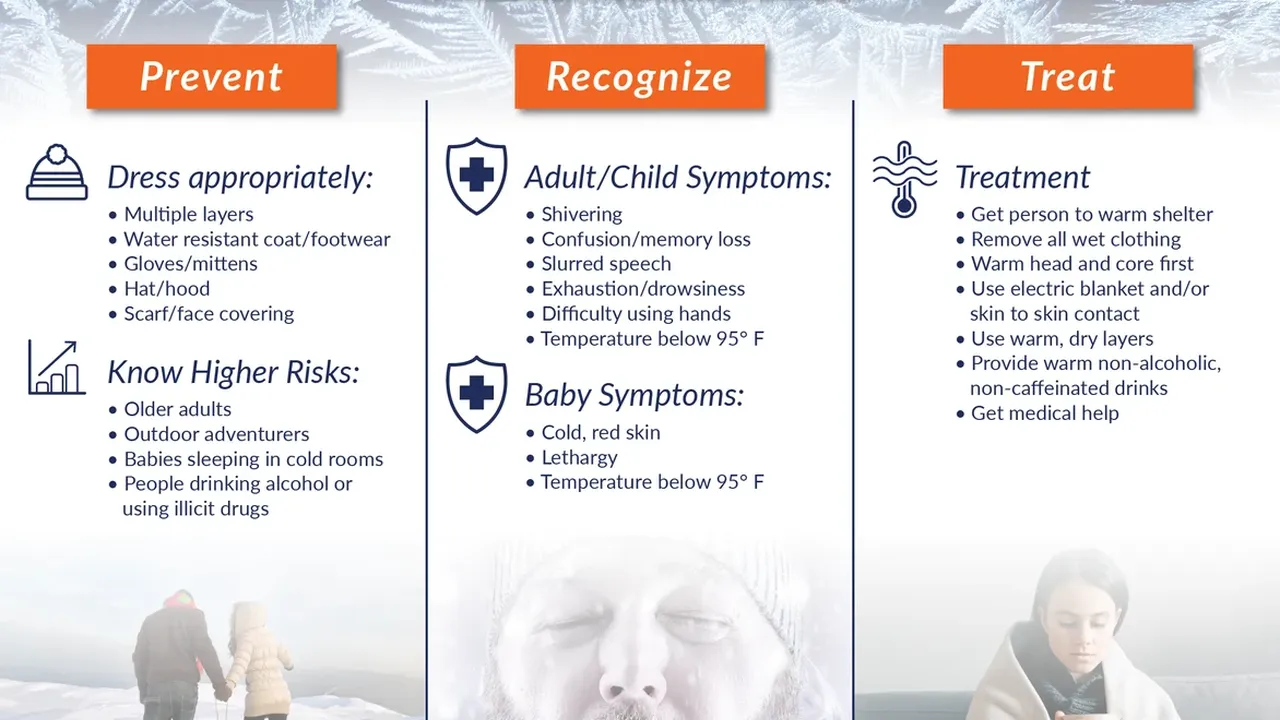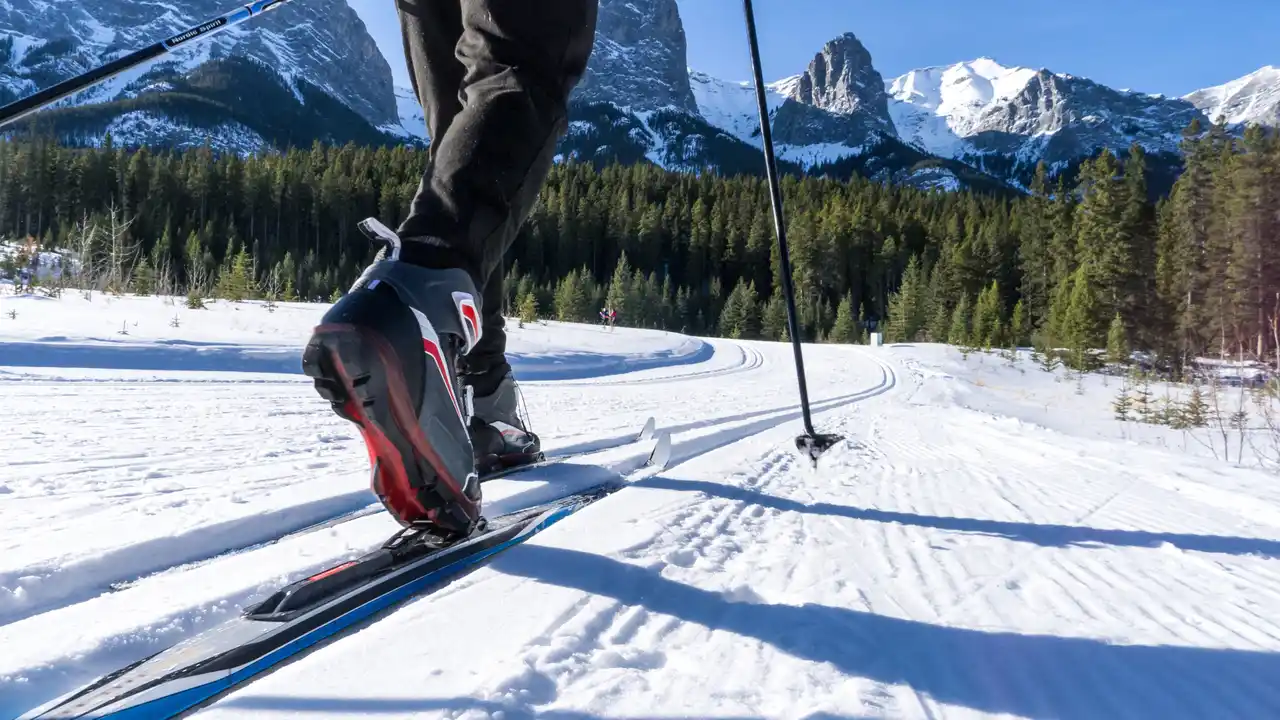
Understand how to prevent frostbite and hypothermia in cold environments. Stay safe with proper gear and awareness.
Preventing Frostbite and Hypothermia in Cold Environments
Understanding the Dangers of Cold Exposure
When you're out enjoying winter sports or just spending time outdoors in chilly weather, it's super important to be aware of the risks that come with cold exposure. We're talking about frostbite and hypothermia, two serious conditions that can sneak up on you if you're not careful. Knowing what they are, how they happen, and what to do about them is your first line of defense. Think of it as your personal cold-weather safety briefing. Frostbite is basically what happens when your body tissues freeze. It usually affects exposed areas like your fingers, toes, nose, and ears, but it can happen anywhere. Hypothermia, on the other hand, is when your body loses heat faster than it can produce it, causing your core body temperature to drop dangerously low. Both can be really nasty, leading to permanent damage or even being life-threatening if not treated quickly.Essential Gear for Cold Weather Protection
Alright, let's talk gear. This is where you really make a difference in staying safe and warm. Layering is your best friend, and choosing the right materials is key. Forget cotton for your base layers; it holds moisture and will make you colder. Think synthetics or wool. And don't skimp on the outer layers – they're your shield against wind and wet.Layering Strategies for Optimal Warmth and Moisture Management
Layering isn't just about piling on clothes; it's about creating a system that traps warm air and wicks away sweat. Here's the breakdown:- Base Layer: This is your first line of defense, right against your skin. Its job is to wick sweat away from your body. Materials like merino wool or synthetic fabrics (polyester, polypropylene) are excellent. For example, the Smartwool Merino 250 Base Layer Crew (around $110) is a fantastic option for its warmth-to-weight ratio and natural odor resistance. For a more budget-friendly synthetic option, consider the Patagonia Capilene Midweight Crew (around $79), which is great for active pursuits.
- Mid Layer: This layer provides insulation. Fleece, down, or synthetic insulation are common choices. A good mid-layer traps air to keep you warm. The Arc'teryx Atom LT Hoody (around $259) is a popular choice for its versatility and warmth, perfect for layering under a shell. For a more casual, yet effective option, a classic fleece like the Columbia Steens Mountain Full Zip Fleece (around $40) works wonders.
- Outer Layer (Shell): This is your protection against wind, rain, and snow. Look for waterproof and windproof materials like Gore-Tex. A good shell should be breathable to prevent you from getting clammy. The Outdoor Research Foray II Jacket (around $225) is a solid choice, offering reliable waterproof protection and good breathability. For extreme conditions, a more robust option like the Mammut Nordwand Pro HS Hooded Jacket (around $700) provides top-tier protection.
Protecting Extremities Hands Feet Head
Your hands, feet, and head are super vulnerable to cold, so don't neglect them. They lose heat quickly, and frostbite often starts there.- Gloves/Mittens: Mittens are generally warmer than gloves because your fingers can share warmth. Look for waterproof and insulated options. The Hestra Army Leather Heli Ski Mittens (around $160) are legendary for their warmth and durability, perfect for serious cold. For a more versatile glove, the Black Diamond Guide Gloves (around $170) offer excellent warmth and dexterity.
- Socks: Wool or synthetic socks are a must. Avoid cotton! Layering thin liner socks under thicker ones can add warmth and help with moisture wicking. The Darn Tough Mountaineering Over-the-Calf Extra Cushion Socks (around $28) are incredibly durable and warm. For a lighter option, the Smartwool PhD Ski Medium Socks (around $23) are great for comfort and moisture management.
- Headwear: A warm hat is crucial since a lot of heat escapes through your head. A balaclava or neck gaiter can also protect your face and neck. The Outdoor Research Windstopper Beanie (around $30) offers excellent wind protection. For full face coverage, the Buff Merino Wool Balaclava (around $40) is soft and warm.
- Footwear: Insulated, waterproof boots are non-negotiable. Make sure they're roomy enough for thick socks without being too loose. The Sorel Caribou Boots (around $180) are a classic for extreme cold, offering serious warmth and waterproof protection. For more active pursuits like snowshoeing, the Salomon Toundra Pro CSWP Boots (around $160) provide a good balance of warmth and agility.
:max_bytes(150000):strip_icc()/277019-baked-pork-chops-with-cream-of-mushroom-soup-DDMFS-beauty-4x3-BG-7505-5762b731cf30447d9cbbbbbf387beafa.jpg)






